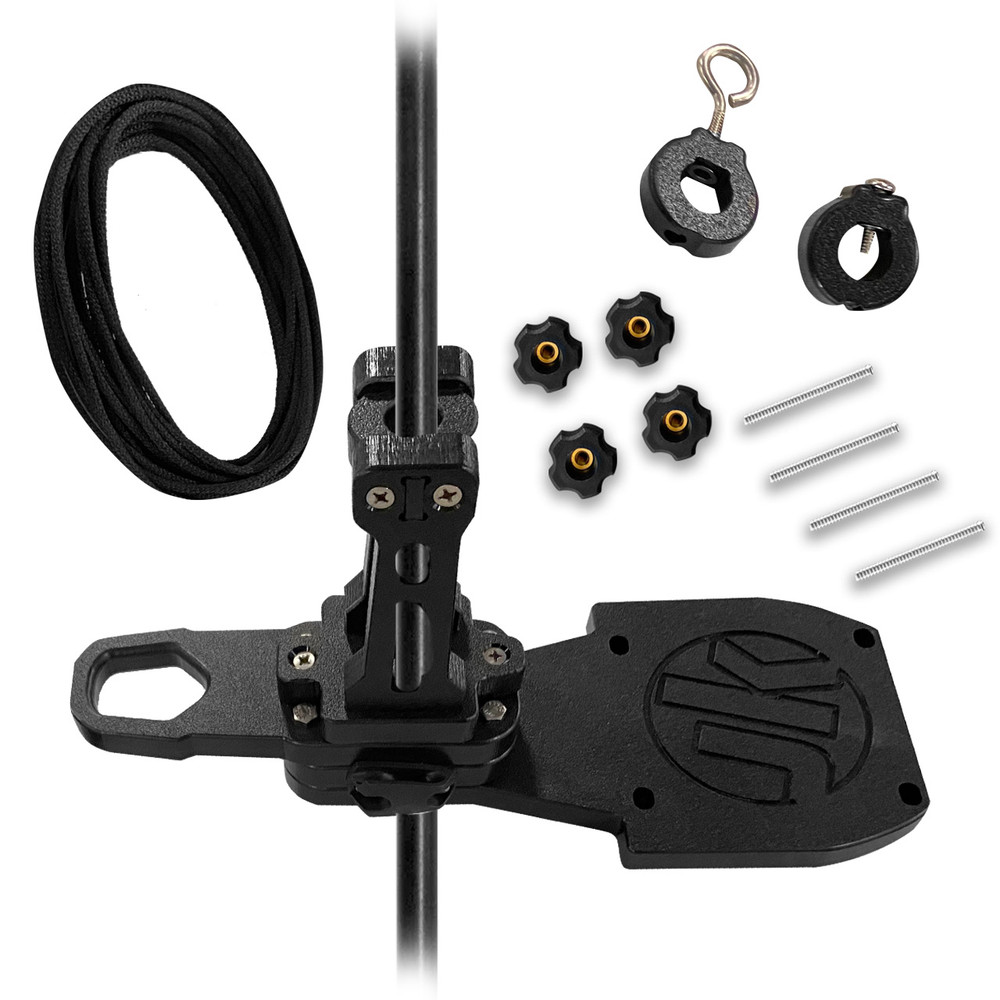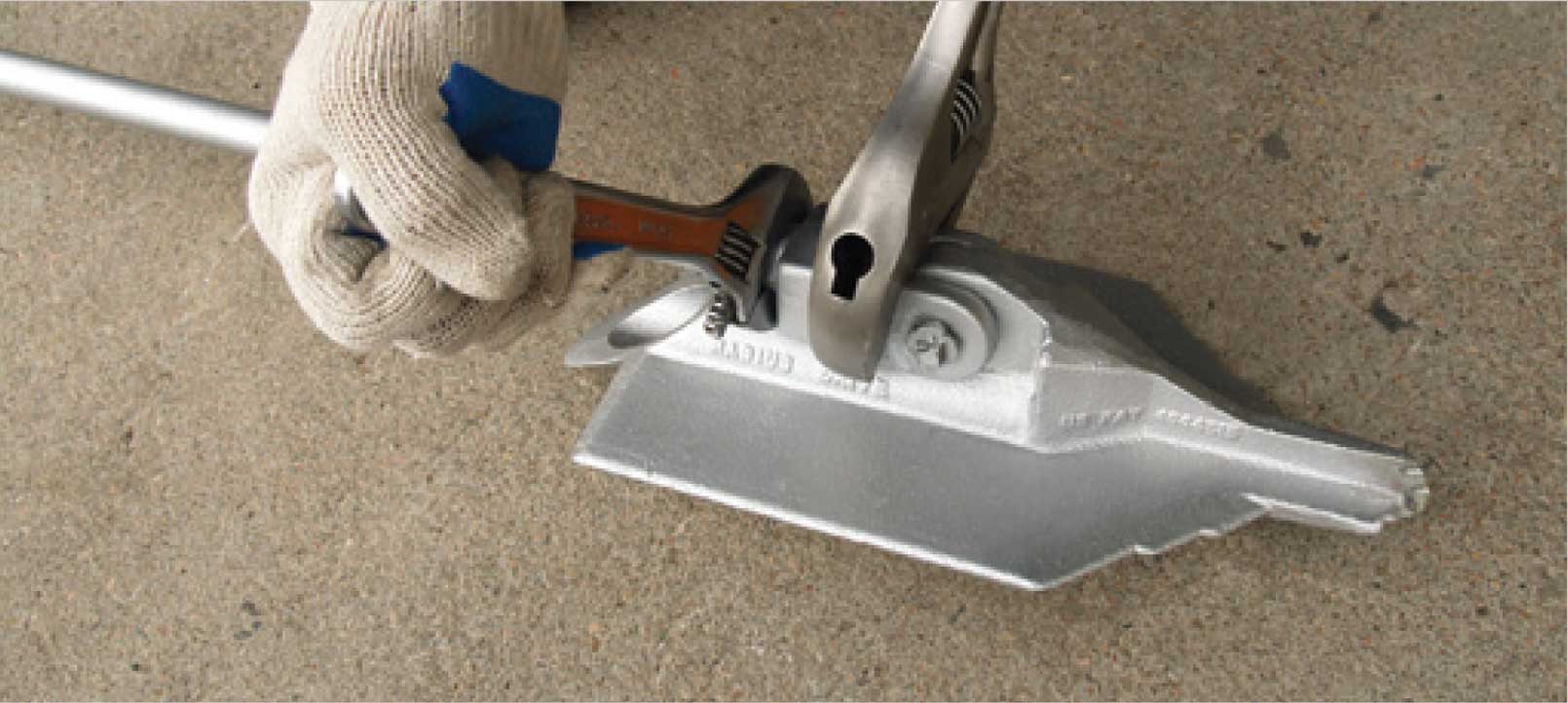Exactly How to Guarantee Long-Term Security with an Earth Anchor System
Wiki Article
Efficient Anchor Systems Designed for Maximum Toughness
The layout of efficient support systems is important in making certain maximum stamina and integrity throughout various applications, especially in civil and aquatic engineering. As we explore the different kinds of support systems and the products that underpin their performance, it ends up being noticeable that the future of securing innovation may hold even better innovations.Significance of Support Solutions
Anchor systems play a crucial role in different applications, from aquatic construction to overseas exploration and also in the security of structures ashore. Their key function is to provide secure holding power, making certain that structures stay secure and steady under various environmental problems. In marine atmospheres, supports are vital for mooring vessels, stopping drift because of wind, currents, or waves. Without trustworthy anchoring, ships may be at danger of crash or grounding, leading to significant financial and environmental consequences.In addition to aquatic applications, support systems are vital in civil design, specifically in the building of retaining walls, bridges, and structures in geologically difficult locations. These systems aid distribute loads effectively, counteracting pressures such as soil pressure and seismic task. The value of anchor systems reaches the sustainable energy field, where they protect wind generators and offshore platforms, adding to the security and efficiency of energy generation.
Ultimately, the performance of a support system is fundamental to the security, sturdiness, and performance of different frameworks, making their layout and application an important component in design and construction methods across several markets.
Innovative Products in Support Layout

Modern improvements in materials science have actually considerably changed anchor style, boosting efficiency and resilience. The consolidation of high-strength alloys and composite materials has actually brought about anchors that can endure extreme ecological problems while preserving structural integrity. These innovative products not just provide superior tensile toughness however additionally lower weight, improving ease of setup and handling.
One noteworthy advancement is making use of carbon fiber reinforced polymers (CFRP), which offer superb deterioration resistance and high strength-to-weight proportions. This enables the design of supports that are both incredibly resistant and light-weight, making them suitable for aquatic applications where direct exposure to saltwater can bring about material degradation.
In addition, developments in coatings-- such as innovative epoxy and galvanization-- more protect steel anchors from corrosion, expanding their service life. These coverings can be customized to meet particular ecological difficulties, guaranteeing that supports perform accurately even in rough conditions.
Moreover, the assimilation of clever products, which can adjust to changing loads and ecological elements, is paving the means for future anchor layouts. These developments underscore a fad in the direction of higher efficiency and dependability in securing services, eventually enhancing safety throughout different applications.
Kinds of Reliable Support Systems
Effective anchoring services are important for making sure stability and safety in different applications, from construction to aquatic procedures. A number of types of effective support systems stick out for their efficiency and adaptability to different atmospheres.One prominent type is the screw support, which utilizes a helical design to give premium holding power in soil and soft ground. These supports are particularly helpful in temporary frameworks and can be easily gotten rid of and reused.
Another utilized system is the driven stack anchor, often utilized in aquatic and heavy construction projects. These supports are driven deep right into the ground, supplying outstanding resistance see to side pressures, making them ideal for sustaining big frameworks.
For marine applications, the mooring buoy support system is necessary. This system includes resilient tools linked to supports on the seabed, permitting vessels to remain secure while lessening drag from winds and currents.
Lastly, the deadweight support system relies on hefty weights to provide security and is typically utilized in overseas setups. Each kind of support system is made to satisfy specific demands, guaranteeing the security and stability of structures and vessels in different conditions.
Safety Standards and Regulations
Making certain the safety and security and reliability of securing systems entails adherence to rigid safety and security requirements and laws. These criteria are you can look here developed by various companies, including the American Society for Testing and Products (ASTM), the International Company for Standardization (ISO), and local building codes. Conformity with these guidelines is vital to guarantee that anchoring systems can hold up against ecological tensions and tons, lowering the threat of failure.Evaluating and qualification processes are fundamental components of safety requirements. Securing systems should undergo extensive assessments, including tensile strength tests, tiredness tests, and ecological influence analyses. These tests assist figure out the systems' efficiency under real-world conditions, guaranteeing they fulfill or go beyond the called for security limits.
Additionally, producers are needed to supply detailed specifications and instructions for installment and maintenance, which are essential to promoting safety and security standards. Routine inspection and upkeep methods need great site to likewise be developed to identify potential weak points over time.
Future Patterns in Support Modern Technology
The future of support technology is poised for substantial advancements, driven by the raising need for improved safety and performance in building and construction and engineering applications. Innovations are expected in materials, style, and installment strategies, which will certainly improve the toughness and sturdiness of anchor systems.One emerging fad is the assimilation of clever modern technology right into anchor systems. Earth Anchor. By including sensing units, these systems can keep track of stress, lots, and environmental conditions in real-time, enabling for positive maintenance and raised reliability. Furthermore, innovations in composite materials may result in lighter, yet more powerful supports that can hold up against severe problems, minimizing the general weight of structures


Furthermore, modular support systems are acquiring traction, enabling much easier setup and adaptability to various project requirements. Earth Anchor. As the market accepts automation, robot setup methods could additionally improve the anchoring process, enhancing effectiveness and accuracy
Conclusion
In conclusion, effective support systems play a crucial duty in making sure the stability and safety and security of civil and marine design tasks. Adherence to safety and security requirements and guidelines additionally underscores the value of reliability in support systems.The layout of reliable anchor systems is essential in guaranteeing optimal toughness and reliability across different applications, especially in civil and aquatic design. As we check out the various types of anchor systems and the materials that underpin their efficiency, it becomes apparent that the future of anchoring modern technology might hold also better developments.Making certain the safety and security and dependability of securing systems entails adherence to rigid safety and security criteria and policies.In verdict, effective anchor systems play a crucial duty in ensuring the stability and security of civil and marine design tasks. Adherence to safety criteria and guidelines additionally underscores the relevance of dependability in anchor systems.
Report this wiki page